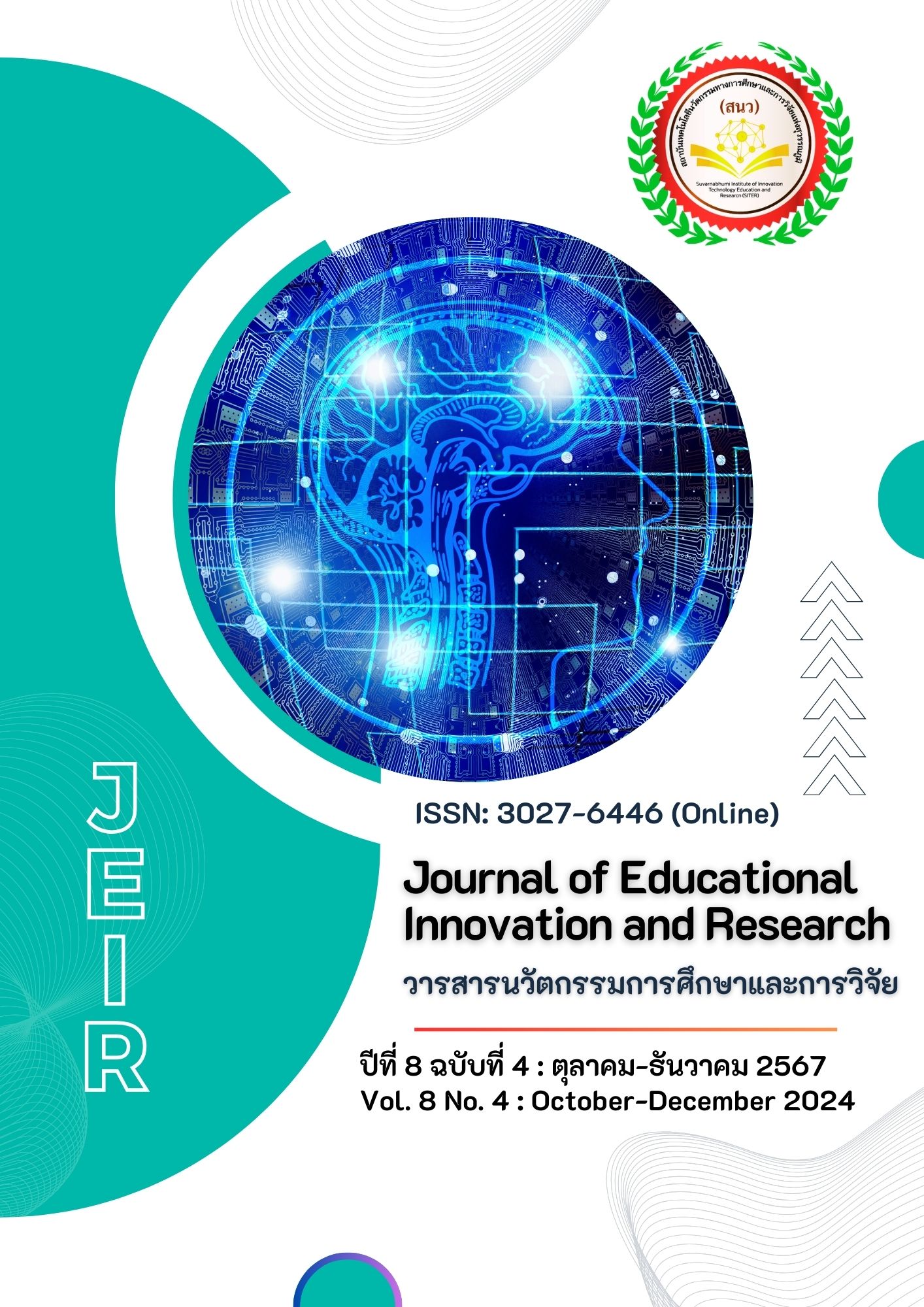The Parking System Management through Artificial Intelligence (The Case Study of Wat Ratchaddaddaramworawiharn Parking Lots)
Main Article Content
บทคัดย่อ
This research article delves into the critical issue of insufficient public parking spaces on Rattanakosin Island, driven by the ever-increasing reliance on private vehicles as the primary mode of transportation. This escalating demand has led to the unconventional use of temple courts, traditionally monastery properties, as improvised parking lots to accommodate the surge. In response to this pressing challenge, Wat Ratchaddaddaramworawiharn, renowned for having the largest temple court on the island and facing exceptional parking demand, was chosen as the focal point for this study. The primary objective was to evaluate the efficacy of an artificial intelligence (AI) system in enhancing parking management efficiency. The study was meticulously conducted over a 12-month period, spanning from January 2022 to December 2022. It comprehensively analyzed the implementation of the AI system, which demonstrated a significant improvement in parking space utilization. Specifically, the AI system facilitated an increase in the number of vehicles accommodated within the parking lot, enhancing its operational efficiency. This case study not only underscores the transformative potential of AI in tackling urban parking challenges but also provides valuable insights into optimizing limited public spaces. The findings hold promise for broader applications in urban mobility and infrastructure management.
Article Details

อนุญาตภายใต้เงื่อนไข Creative Commons Attribution-NonCommercial-NoDerivatives 4.0 International License.
เอกสารอ้างอิง
Boonjubun, B.C. (2018). Exploring the Use of Religious Spaces in Urban Settings: Thailand's Experience. Journal of Urban Culture Research, 16, 34-48.
Lin, H., Wang, Y. & Zhang, Q. (2019). Intelligent Parking Management System Based on AI Algorithms. Transportation Research Record, 2673(8), 589-601.
Rathore, M. M., Paul, A. & Hong, W. H. (2018). Urban Infrastructure and IoT: AI Applications for Smart Parking. Journal of Smart Cities Research, 22(5), 98-112.
Saitluanga, B. L. (2014). Urbanization and Its Impact on the Socio-Cultural Fabric in Thailand. Journal of Southeast Asian Studies, 45(3), 218-231.
Vlahogianni, E. I., Kepaptsoglou, K. & Karlaftis, M. G. (2016). Parking Prediction Models: The Role of Artificial Intelligence in Urban Traffic Management. Journal of Urban Mobility, 33(2), 145-157.


